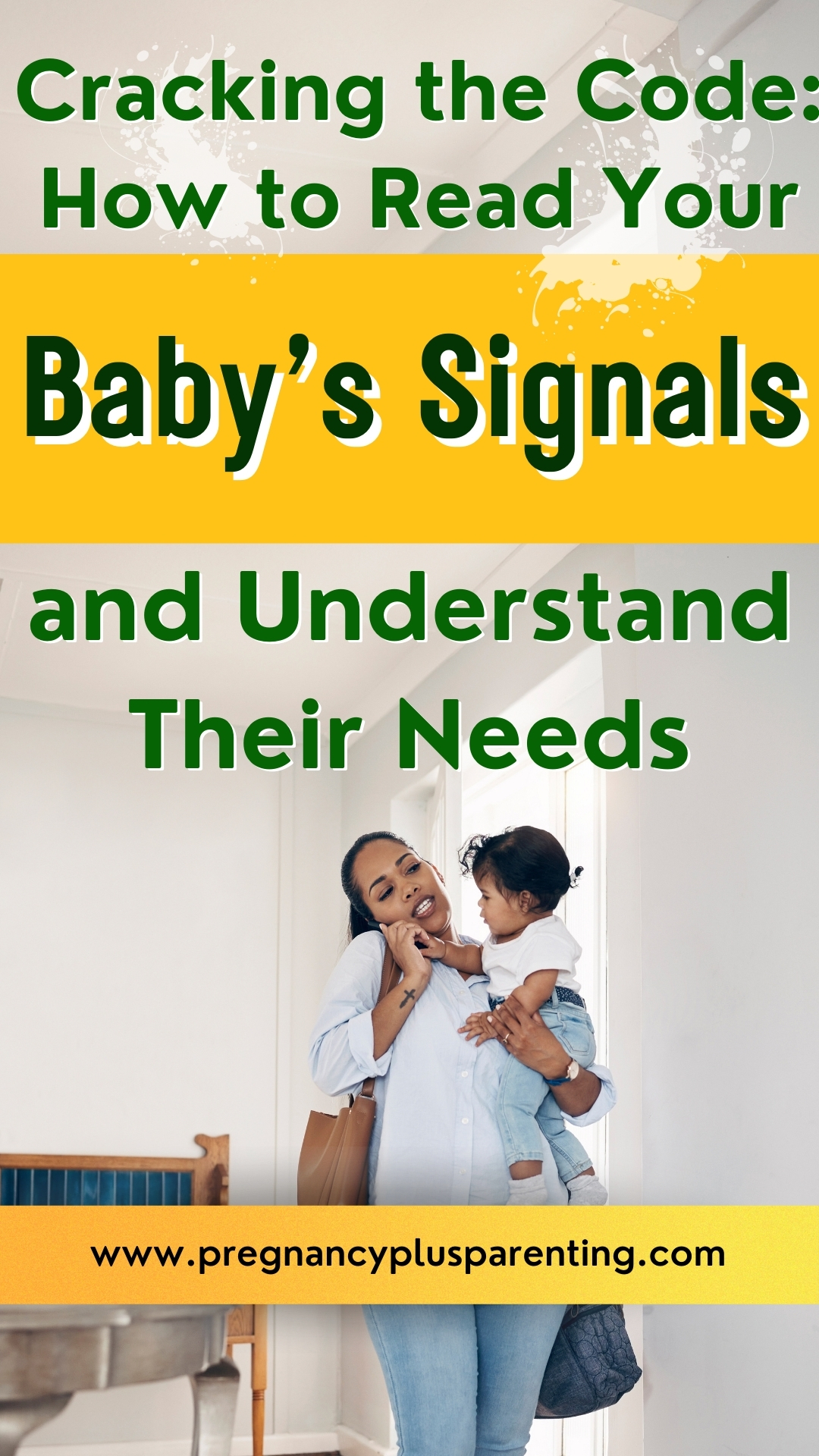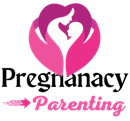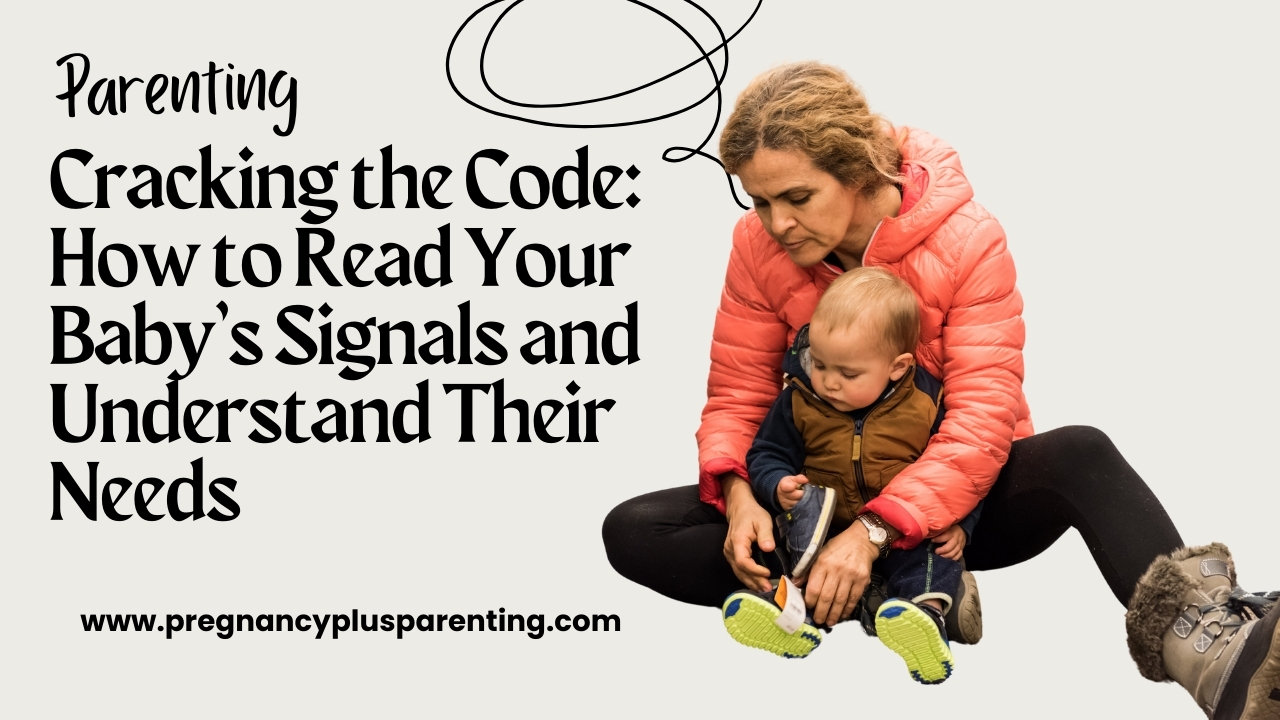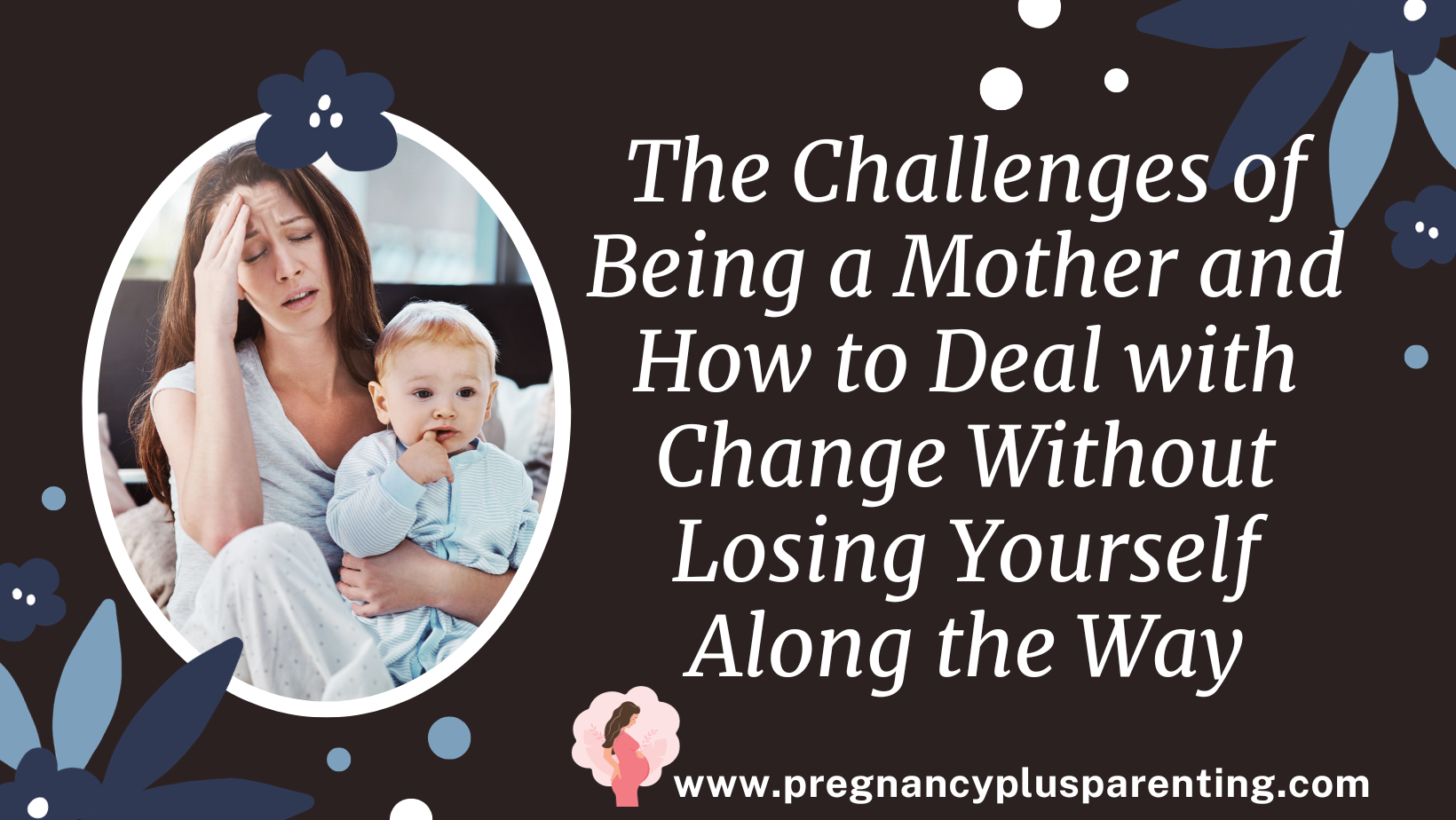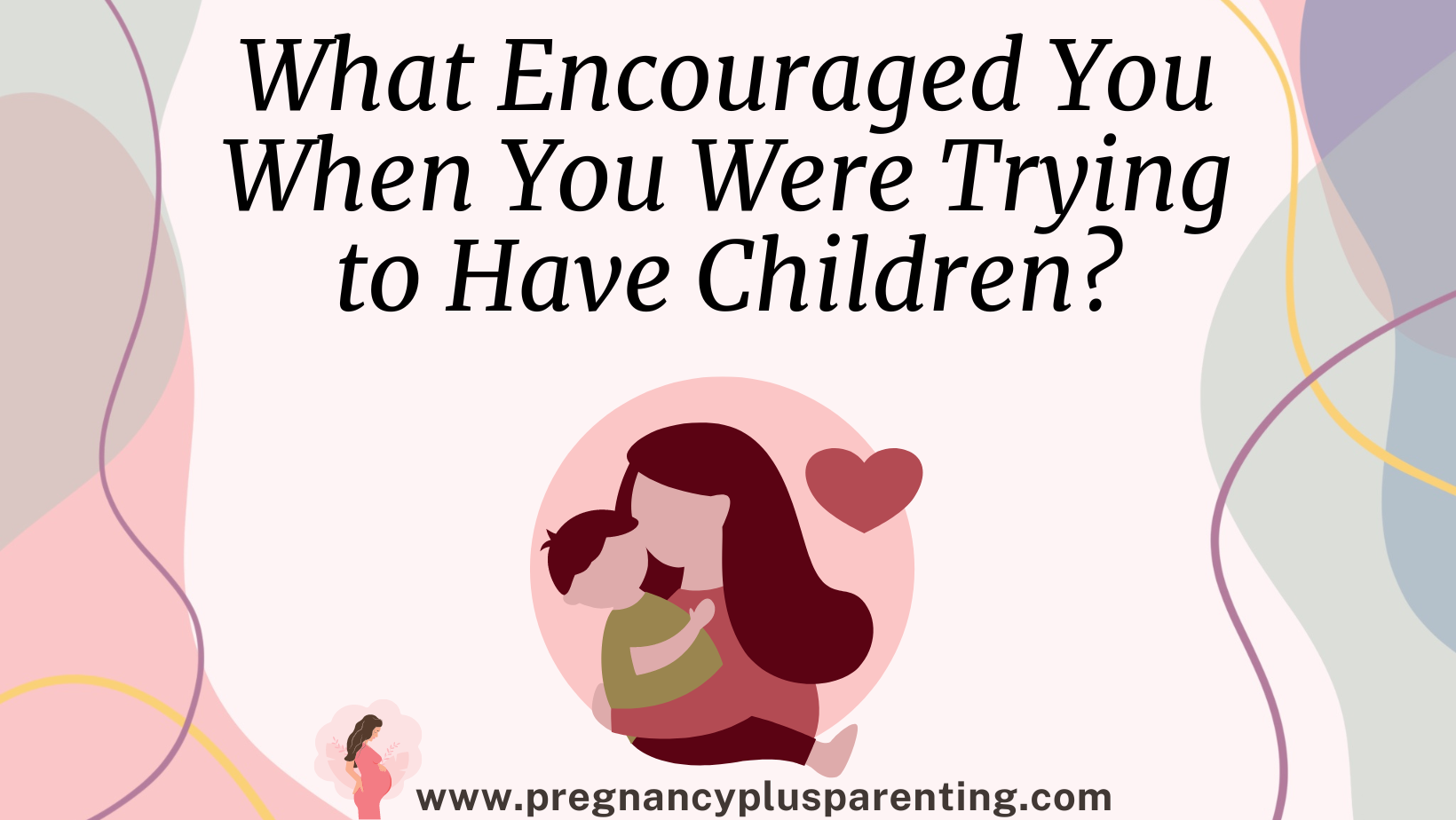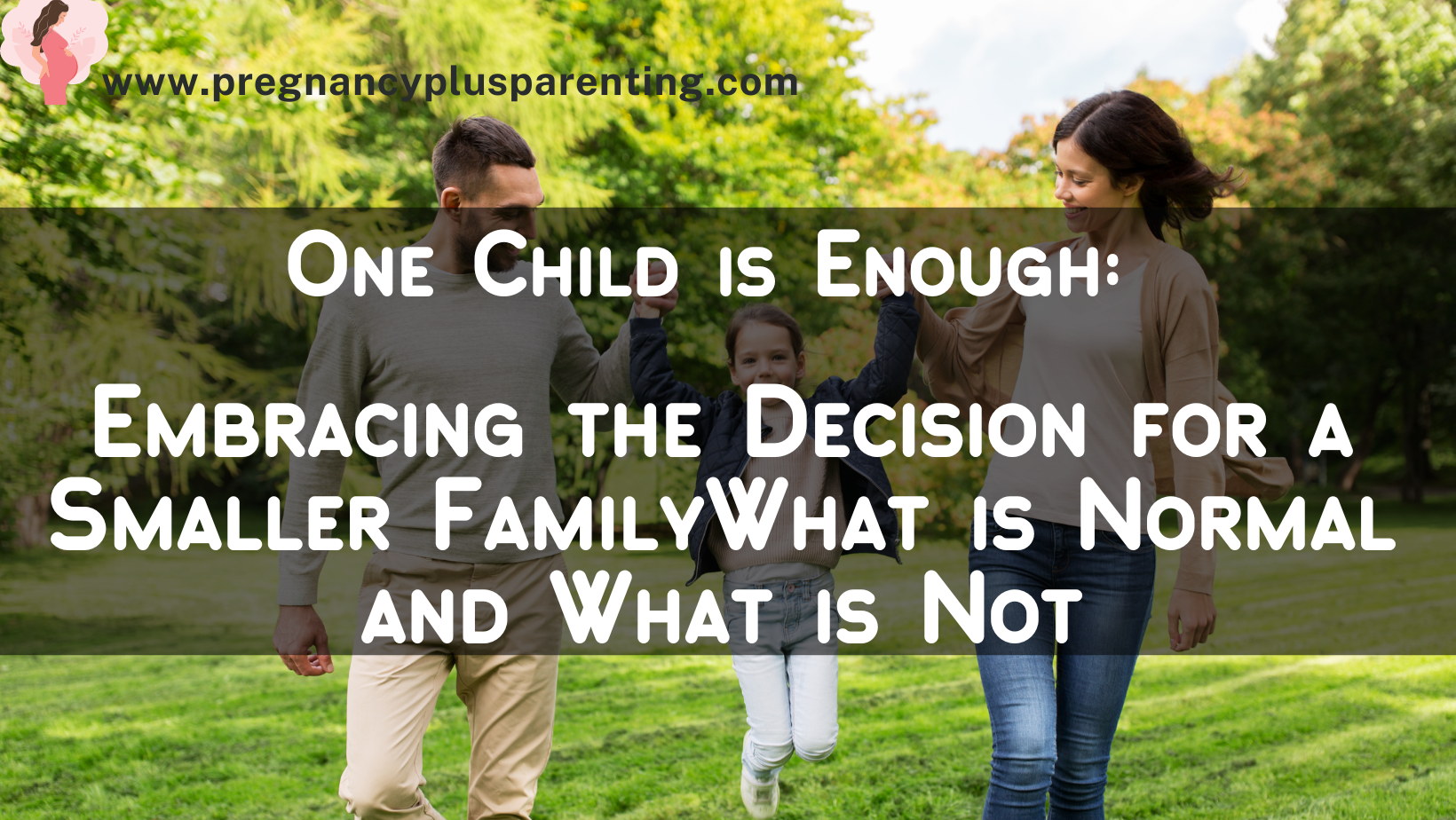Cracking the Code: How to Read Your Baby’s Signals and Understand Their Needs
Whether tired or hungry, satisfied or overwhelmed – your child will let you know from the very beginning what he or she needs with baby signals.
However, it takes time until you get to know your baby and can interpret his signals.
Newborns are dependent on communicating their needs and well-being to the environment.
After all, they cannot survive alone.
Nature has ensured that they express what they need through certain behavior and body language.
In this article you will find information about various baby signals that should help you understand your child.
You will also learn the basics of baby sign language, which has become a trend in Germany.
Understanding baby signals correctly
Every child expresses baby signals slightly differently.
No parent understands this right away. After giving birth, you have time during the postpartum period to recover and devote yourself fully to your baby.
There’s no point in putting yourself under pressure and letting yourself get driven crazy by misunderstandings and mistakes.
It simply takes time to really get to know your child.
What hunger signals are there?
You will definitely notice whether your baby is hungry before it cries.
If you watch closely, you will notice that it licks its lips or sticks out its tongue.
Maybe it also makes sucking movements or puts its fist in its mouth.
By the way, sucking on the hand can help the baby to self-soothe, similar to sucking on the breast, thumb or pacifier.
When searching for your breast or bottle, babies also move their heads back and forth.
If you offer them your finger, they try to suck on it.
By the way, one of these signs should be enough.
By no means does your baby have to show all of the signals mentioned.
If a newborn starts crying, this is already a very late sign of hunger.
In this way, the child expresses his despair after unnoticed, clear signals.
Then the baby needs to be calmed down before it can eat.
Please never let an infant cry.
If he then falls silent, it means pure resignation.
There is no way your baby will learn to be patient this way.
Infants are best fed on demand rather than on any kind of schedule.
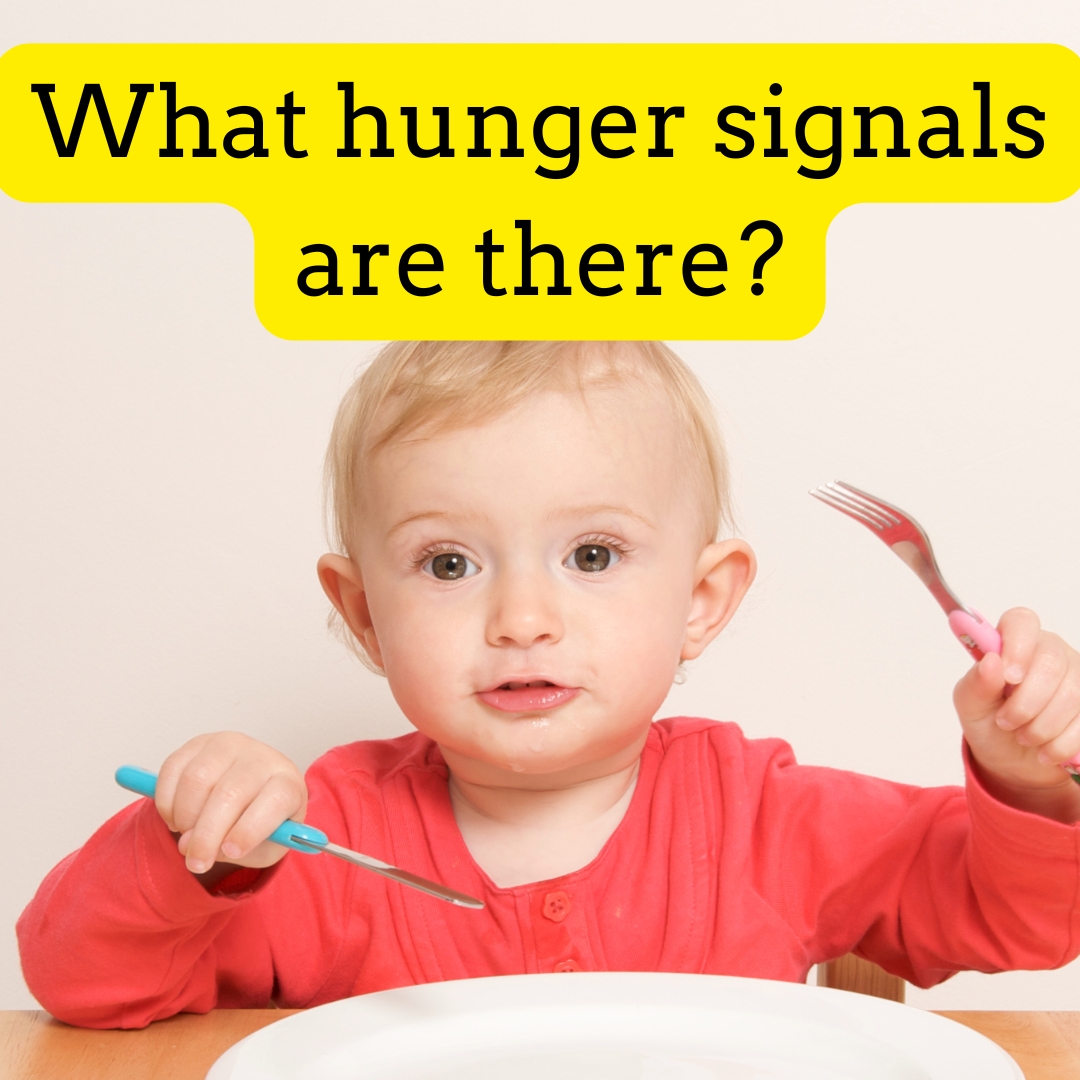
How does a baby show that it is full?
Even when they are full, babies give clear signals.
They drop the nipple or bottle from their mouth.
If food is offered again, they will turn their heads away and close their mouths.
If you misunderstand this and continue to offer the breast or bottle, you may see the baby arching its back.
This is another sign of defense and also an attempt to escape the situation.
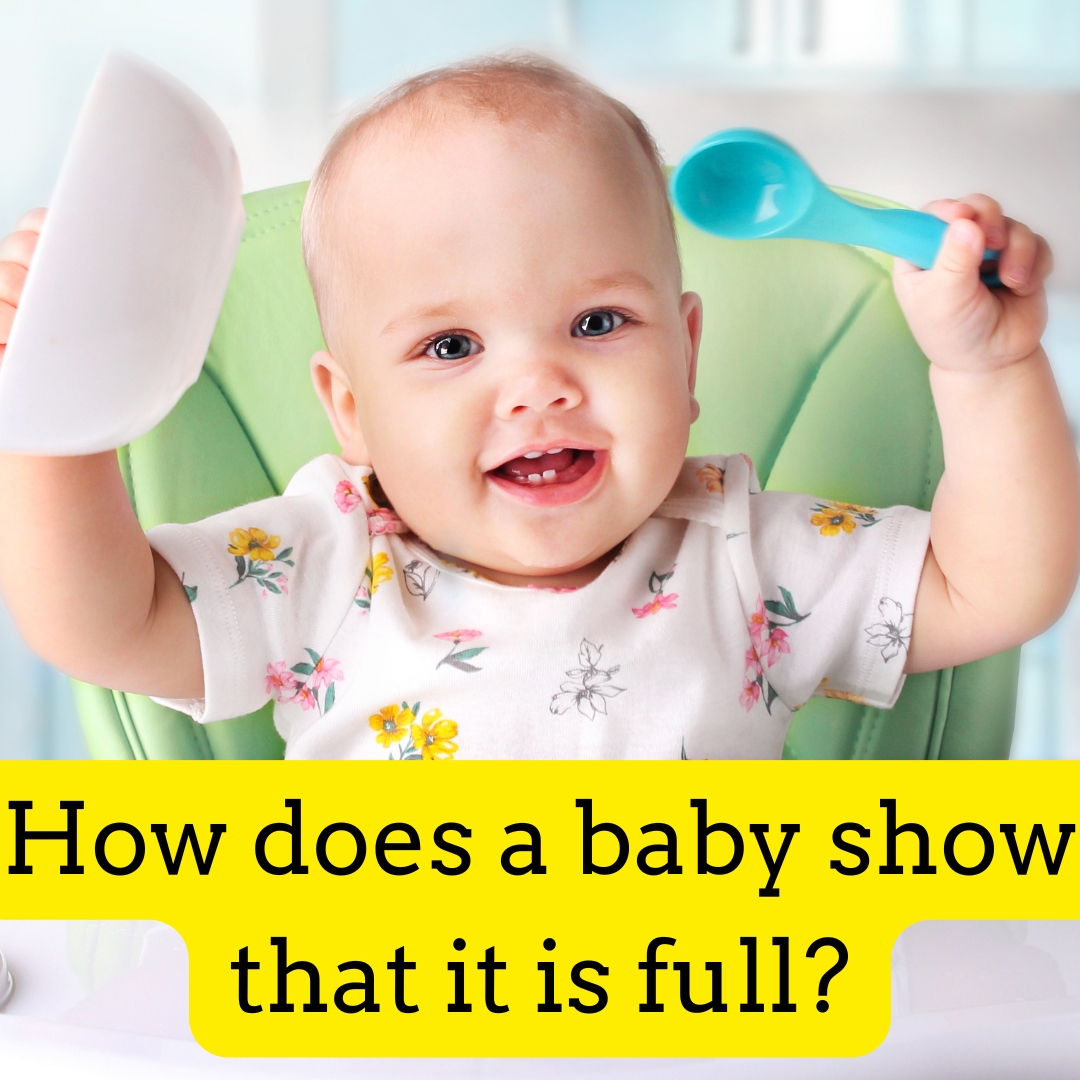
How do you know if a baby is tired?
Just as with hunger, crying is a late signal when tired.
First, babies begin to yawn. They have sleepy eyes and appear slack-jawed.
If your baby rubs his eyes, that is a very clear sign that he is tired.
Very few babies fall asleep on their own.
And if they do, they usually do so while feeding.
But the hunger is usually even greater when they wake up again.
You can briefly hold your baby’s nose if he or she falls asleep while drinking.
So it wakes up and continues eating.
Parents have to deal with baby sleep.

They learn that sleep is something that is learned.
Infants depend on parental help and a feeling of security and comfort in order to fall asleep.
Babies have different sleep cycles than adults.
Light sleep dominates over deep sleep.
There are also signs that you can interpret for these different sleep phases.
If a baby is only sleeping lightly, it will probably wake up when put in the crib.
When your baby yawns and his eyes close, he is just beginning to fall asleep.
In light sleep, it breathes faster and stretches, but keeps its eyes closed.
At this point it wakes up easily.
But even dream sleep, in which the eyelids move rapidly back and forth and the baby twitches with hands and feet or even with the whole body , is still light enough.
It can also quickly awaken from this.
Only deep sleep is suitable for changing beds.
The baby then sleeps so peacefully and deeply that neither the dishwasher nor the vacuum cleaner or other noises can wake it.
How do I know if my baby is cold?
The baby’s body temperature is checked by placing the hand on the back of the neck.
When the baby is cold, the neck feels very cool and he is cold.
It’s a good idea to check how your neck feels from time to time.
This allows you to react quickly, even before the baby starts crying in discomfort.
It is not enough to check the baby’s hands and feet to see whether they are too cold or too warm, as they are usually cool.
By the way, if the child has a warm and sweaty neck, then he is certainly too warm.
How does sensory overload manifest itself in babies?
Whining, kicking, sucking on hands, turning the head and body away, stretching and staring into space – these can all be signals that express being overwhelmed.
Your baby can only maintain his attention for a short time, just a few minutes.
Then you need a break from stimuli such as light, colors, sounds or even new, unfamiliar faces.
Too many stimuli cause tension in the baby.
Would you have thought that an infant can also show stress by yawning?
On the other hand, frowning is a very clear and unambiguous signal that something is wrong.
If infants have no opportunity to turn away, they may also let their gaze wander aimlessly.
Or they overextend themselves as an expression of defense.
Your baby may also suck on his fist and try to calm himself down in this way.
Or it brings hands and feet together.
However, self-soothing is a developmental milestone and this ability should not be expected too early.
If it kicks violently and appears restless, this is also a sign of stress.
Frequent touching of the ear does not necessarily indicate that the baby has an ear infection or is teething.
This can also indicate that everything is becoming too much for the little one.
If these signals are not understood and the baby cannot find peace, it will probably whine first before starting to cry.
Now it needs a lot of closeness and physical contact to calm down.
If your child bends over when you pick him up, this is normal behavior.
Some babies fidget with their mother while breastfeeding to relieve tension.
By the way, babies also tend to exhibit strange behavior patterns.
They repeat certain movements constantly.
For example, some people repeatedly tap their heads against something, while others may repeatedly turn their hands.
However, these rhythmic movements are usually not a sign of a disorder, but rather serve as a way for babies to calm themselves and provide security.
How do you know if a baby is in pain?
If a baby has a tense face and squints its eyes and clenches its fists, it is in pain.
It screams persistently and shrilly, sweats and breathes quickly.
When in pain, it’s no wonder that the little one isn’t easy to calm down.
Most parents suspect that their baby has gas, colic or a stomach ache.
But this is often not the case.
Babies can also react to overstimulation and previously misunderstood signals, as just described.
Be careful if your baby lifts his legs towards his body and cries and screams loudly.
This is a typical sign of severe pain.
These can also occur due to constipation. Measures such as carrying the baby in the airplane hold and baby massage can serve as first aid and relieve pain.
If the child actually has flatulence, usually only doctors can determine this.
Parents find it difficult to distinguish between a tense and a bloated stomach.
If a baby cannot be calmed down and cries a lot and persistently for a long time, you should definitely call the midwife or go to the pediatrician.
How do I know if my baby is bored?
Actually, there is no such thing as boredom with babies.
But infants do demand attention.
They then appear focused and seek eye contact.
This is how they signal their readiness to interact. Infants can interact from the 12th week of life .
Now it’s game time!
If parents don’t realize that their baby wants to play, they will probably whine, perhaps even kick and thrash wildly to get attention.
After a real cry, at the very latest, it receives the attention it desires from mom and dad. Then it calms down again.
However, it also happens that if signals are not perceived, the baby’s frustration is so great that it first needs to be calmed down.
How do I know if my baby is happy?
The baby’s body and face appear relaxed when it is content.
The little hands open and when the little one is old enough, he or she will also shine with a smile.
When babies are happy and excited, they often squeal and kick.
By the way, you can expect the first conscious baby smile from around the second month of life.
Before that, it is an unconscious muscle movement, for example when your baby shows the so-called angel smile while sleeping.
However, if your child has developed a conscious, social smile from the sixth week of life, it cannot be misinterpreted: it signals well-being, satisfaction, joy or enthusiasm.
But a baby smile is not necessarily a reaction to the environment or your actions.
Babies often just smile for no reason.
Or at least the reason is not clear to us.
What is baby sign language?
Baby sign language is also called dwarf language and is based on German sign language.
This is neither baby talk nor the baby signals described above.
Baby signs are intended to enable babies and toddlers to communicate their needs and desires at an early age.
In English-speaking countries, communication between parents and babies using dwarf language is already common.
In Germany, it is a trend that is attracting increasing interest.
The idea originated in the USA and England in the 1980s.
Baby sign language courses are as established there as swimming courses for babies are here, for example.
By the way, teachers and educators in kindergartens and crèches also use baby sign language.
There are also long-term studies that report on the positive influence of dwarf language.
The idea of using baby signs originated in the 1980s in the USA and England.
These courses are now a standard offering for parents of small babies in almost all English-speaking countries and are as normal as baby swimming is here.
Baby sign language is also used in crèches and other daycare centers.
There are even already very positive long-term studies on the subject.
How does baby sign language help me?
Baby sign language gives babies orientation and security, makes them strong and builds the first bridges to our sound world.
Parents know how frustrating it is to have to guess what the baby is trying to express.
Baby sign language can be particularly helpful at night when you are sleepy and would like to understand immediately what your child needs.
Even babies develop self-confidence thanks to baby sign language.
Eventually, they realize that they can communicate and be understood, even if they do not express themselves verbally.
Mom and dad are also very happy when their baby can use sign language to describe what they have experienced after spending time with their grandparents.
This way, caregivers also have some insight into the day-to-day life of the daycare center.
Another advantage of baby sign language is that it reduces frustration for children who learn to speak late.
At least they can express themselves with the signs they have learned and are understood.
In general, children’s vocabulary is often larger later on if they have previously learned sign language.
Siblings or children in daycare also find it easier to communicate with each other using sign language if there are inhibitions.
When to start with baby sign language?
Babies can be taught sign language from the age of six months.
However, one should not expect the child to use the signs themselves before the tenth month of life.
First, of course, the parents or caregivers must complete a course in dwarf language.
Depending on the provider, there are different numbers of units and different implementations.
Baby signs are used parallel to verbal language.
In this way, the baby learns to understand the connection between certain sound sequences and signs.
Through repetition, the connection is strengthened and the sign language is learned.
For example, while out for a walk, you repeat the sign for the animal “dog” every time you meet one. Mom or Dad says the word at the same time.
In baby sign language courses, parents usually learn a variety of terms, often around a hundred, for all essential things and situations.
In this way, you are taught which symbols to use for “mom” and “dad”, “grandma” and “grandpa”, “milk” and “fish”, but also “more” and “home”.
These are gestures that are repeated over and over again in everyday life.
There are also courses for advanced students.
Most of the signs you learn there are suitable for children from the age of one.
These are more complex things like feelings and colors.
If you don’t have time for a course that can last several weeks, you can also opt for a workshop.
This usually only takes a few hours.
Workshops are also suitable for parents who are interested in baby sign language but are not yet able to form an opinion.
Final thoughts
All parents have experienced it – the frustration of not understanding what their baby needs or wants.
Is it hungry? Is it tired? Or overstimulated? Does it need attention? Does it have a full diaper? Does it hurt? Is it comfortable?
But there are answers to all these questions that you learn to interpret better over time – namely the baby’s signals.
In this article, I have discussed these signals and explained what they can mean.
There are also signals that are not so clear in themselves.
Babies, for example, kick their legs both when they are excited and when they are frustrated.
As with adults, babies also have individual signals that they use to communicate.
It simply takes a while for parents and baby to get to know each other.
You, too, as a new mom or dad, will soon understand from the tone of the crying and screaming exactly what the baby is trying to communicate.
I then briefly discussed the difference between baby signals and baby sign language.
Why the so-called dwarf language is helpful for both babies and parents is actually self-explanatory: the better the communication, the closer the bond.
But don’t worry if you’re skeptical about baby signing classes.
Your baby will not be at a disadvantage compared to peers who know baby signs.
After all, baby sign language is neither about educating little geniuses nor about teaching babies sign language.
Similar to the effort to correctly interpret baby signals, it is simply about understanding your own child better.
